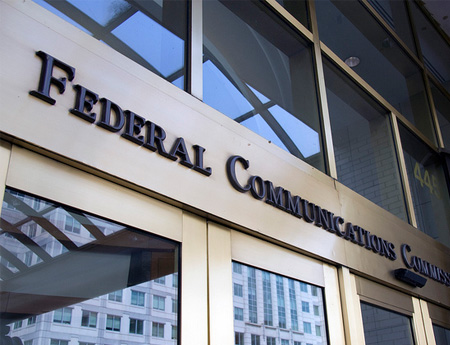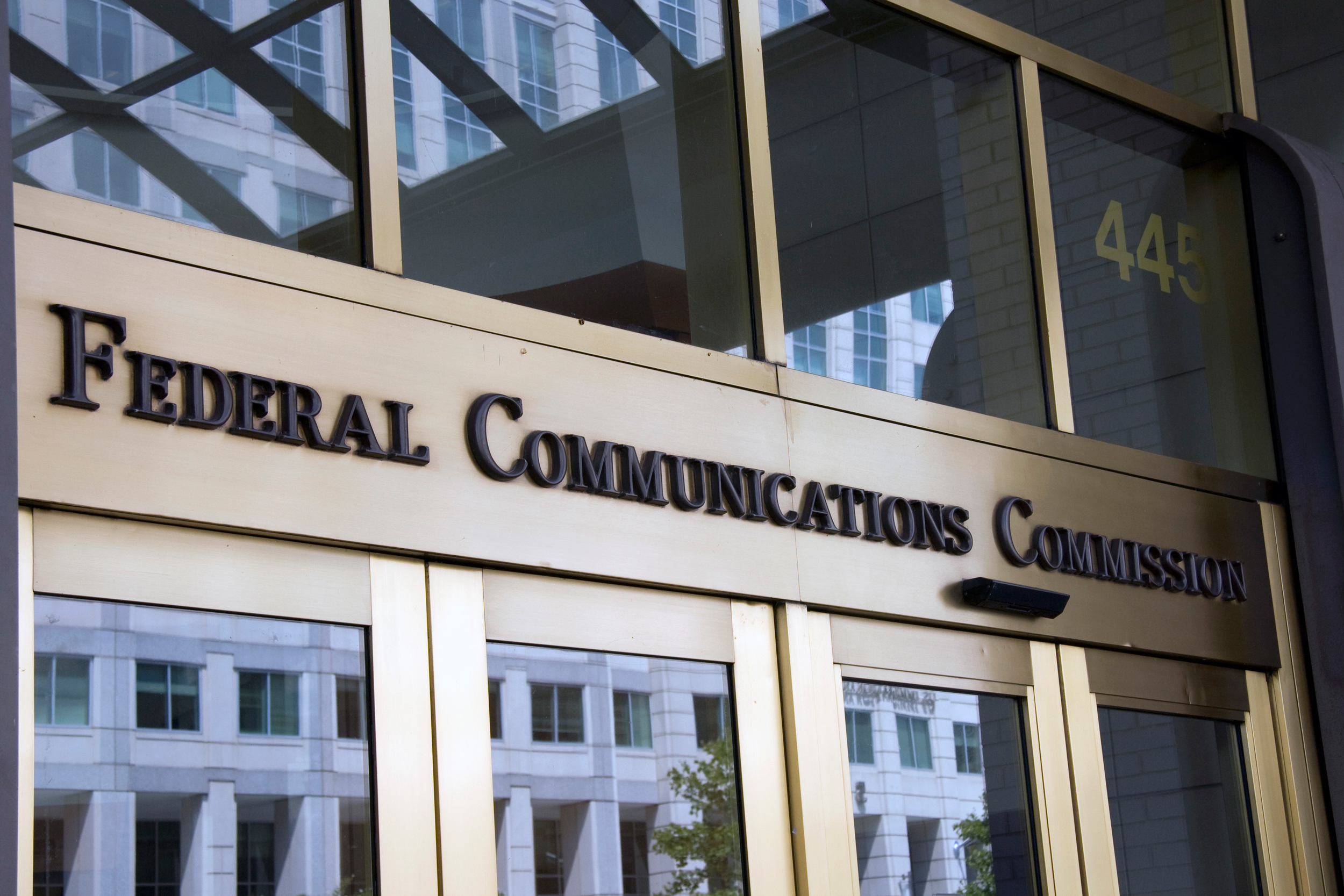FCC Boosts DBS Fee, Changes Broadcast TV Calculation


The FCC has approved its schedule for collecting $322,035,000 in regulatory fees--over a third of which ($113.22 million) it will be collecting from cable, satellite and broadcast licensees--and it includes another increase for DBS and a new calculation method for TV stations.
The FCC pays for itself through the fees it charges regulated entities, including broadcasters, cable and satellite operators, according to how many full time FCC employees (FTEs) it takes to regulate them. The $62.33 million of that collected from cable systems, IPTV providers and DBS will be more evenly divided as the FCC raises the DBS portion to closer to that of other MVPDS. All fees are due next month.
Satellite broadcasters used to be assessed a smaller, per-license fee, but the FCC several years ago changed that to the same per-sub fee basis it uses for cable and IPTV, and began lowering cable fees and raising satellite.
That per-sub satellite fee began at 12 cents per sub, but the FCC has been raising it annually to move closer to the cable/IPTV rate, increasing it to 27 cents, 38 cents and for 2018, 48 cents, while it lowered cable's fee.
The 2018 figures for cable and IPTV for 2018 is 77 cents per sub per year, while the DBS rate is 48 cents. In 2017, cable ops were still paying 150% more per subscriber than satellite-TV providers -- 96 cents versus 38 cents.
DirecTV owner AT&T and Dish had asked for no increase, while cable operators had argued that the FCC should move immediately to parity. The FCC, instead, decided to stay the course and continue the phased increases.
On the broadcast side, the FCC has decided to assess TV station fees on a station's signal contours --the population its signal actually reaches--rather than on the population of the entire DMA in which it is licensed. While the FCC bases fees on the number of FTEs, it has different levels of fees depending on market size.
The smarter way to stay on top of broadcasting and cable industry. Sign up below
Related: FCC Proposes Raising DBS, Lowering Cable Fees
The change addresses concerns that satellite stations reaching the fringes of markets were being regulated as though the reach the entire DMA.
That will phase in starting in 2019 with an average of the DMA and the contour, then move to contour-based in 2020.
The FCC included a reminder for broadcasters who gave up TV stations in the incentive auction, which officially closed April 13, 2017. Any broadcaster who had not turned in their license by Oct. 1, 2017 are still responsible for the 2018 fees.
Cable operators, including the American Cable Association, had pushed for immediate parity for DBS and cable fees. But ACA was focused on the progress towards parity.
"ACA appreciates the FCC's ongoing efforts to close the gap between the regulatory fees paid by cable operators and satellite TV providers, and in particular this year's significant decrease in the Cable/IPTV rate," said ACA president Matt Polka. "With the difference in fees for fiscal 2018 now being as close as it is, ACA hopes the FCC will complete its march toward complete parity when the issue is considered again next year."
Contributing editor John Eggerton has been an editor and/or writer on media regulation, legislation and policy for over four decades, including covering the FCC, FTC, Congress, the major media trade associations, and the federal courts. In addition to Multichannel News and Broadcasting + Cable, his work has appeared in Radio World, TV Technology, TV Fax, This Week in Consumer Electronics, Variety and the Encyclopedia Britannica.

